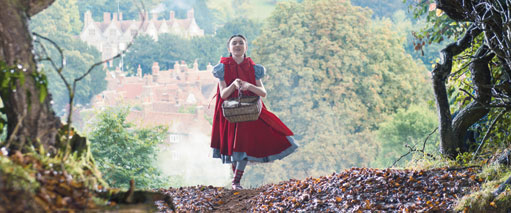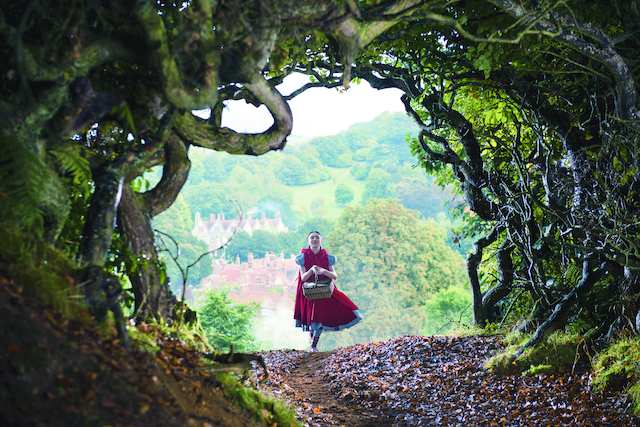Film Review: Into The Woods
Disney’s Latest Fairy Tale Mashup Is Fun But Fractured


Stranger danger
Latest Article|September 3, 2020|Free
::Making Grown Men Cry Since 1992


Stranger danger